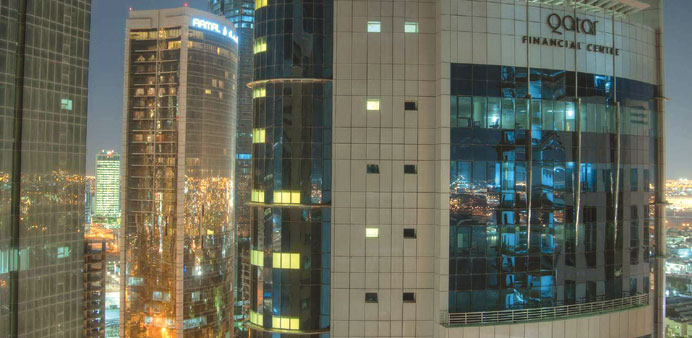Growing insurance premiums and a relatively low exposure to natural perils are the main attractions in Mena region, which drive the unabated increase in reinsurance capacity, QFC says.
By Santhosh V Perumal/Business Reporter
The Middle East and North Africa (Mena) region continues to be an attractive destination for regional and global reinsurance industry but fierce competition, pricing pressure and increasing retentions weigh heavily on the sector’s growth prospects in the region, according to Qatar Financial Centre (QFC).
“Growing insurance premiums and a relatively low exposure to natural perils are the main attractions, which drive the unabated increase in reinsurance capacity,” QFC said in its 2014 Mena Reinsurance Barometer, which was yesterday released at Monte Carlo.
The percentage of participants expecting reinsurance capacity in the Mena region to expand further has risen sharply from 50% to 88%, it said, adding the region remains an attractive high growth, low-catastrophe market with positive effects on overall portfolio diversification, in particular, as global excess reinsurance capacity has continued to grow over the past 12 months.
Finding that opportunities are abound, the barometer said the region’s low insurance penetration with total premiums accounting for just 1.4% of GDP (gross domestic product), a mere fifth of the global average, is seen as a major long-term and structural driver of insurance and reinsurance market growth.
However, this gap is narrowing as Mena insurance markets outpace regional GDP growth. Between 2008 and 2013, total non-life and life insurance premium volume in the region expanded from about $30bn to $50bn and the region’s four largest insurance markets — Turkey, Iran, the UAE and Saudi Arabia — account for about three quarters of the total premium pot.
A young and rapidly growing population, fuelling demand for medical, motor and life insurance and promoting the development of new insurance products add to the markets’ growth potential.
“Due to its compelling fundamentals and expanding capacity, the Mena region continues to be an attractive destination for global reinsurers,” QFC Authority CEO Shashank Srivastava said.
Growth is expected to rebound as oil output is set to benefit from strengthening global economic activity, the study said, adding large public investment programmes to create a more diversified economy are being set in motion. At a share of less than 16%, life business continues to play a relatively minor role. Since 2008, life insurance premiums have grown only marginally faster than non-life business (at an annual average real rate of 7.9% compared to 7.6%).
In addition to compulsory insurance schemes in motor and healthcare, massive infrastructure and construction spending continues to be the most powerful driver of insurance and reinsurance demand in the region. As of May 2014, more than $450bn of projects was under way in the Gulf region alone.
In the Mena region, about 30% of non-life insurance premiums are ceded to reinsurance companies. The total estimated non-life reinsurance market volume for 2013, accordingly, amounts to about $12.6bn. The GCC region has been witnessing a declining trend in cession, primarily attributable to above-average growth in personal lines such as motor and medical insurance. These lines of business have significantly lower cession rates than more volatile commercial segments of businesses.
Retention levels in the region remain low compared with other markets — on average domestic insurers in the Mena region cede 30% of their premium income to reinsurers.
However, 65% of respondents, virtually unchanged from the previous year, expect aggregate retention rates to increase over the next 12 months, as risk retention becomes more attractive in a low investment yield environment.
In addition, the overall portfolio composition of regional insurance markets is shifting towards personal lines — medical and motor insurance are now compulsory in many Mena markets — which exhibit higher retention rates.



